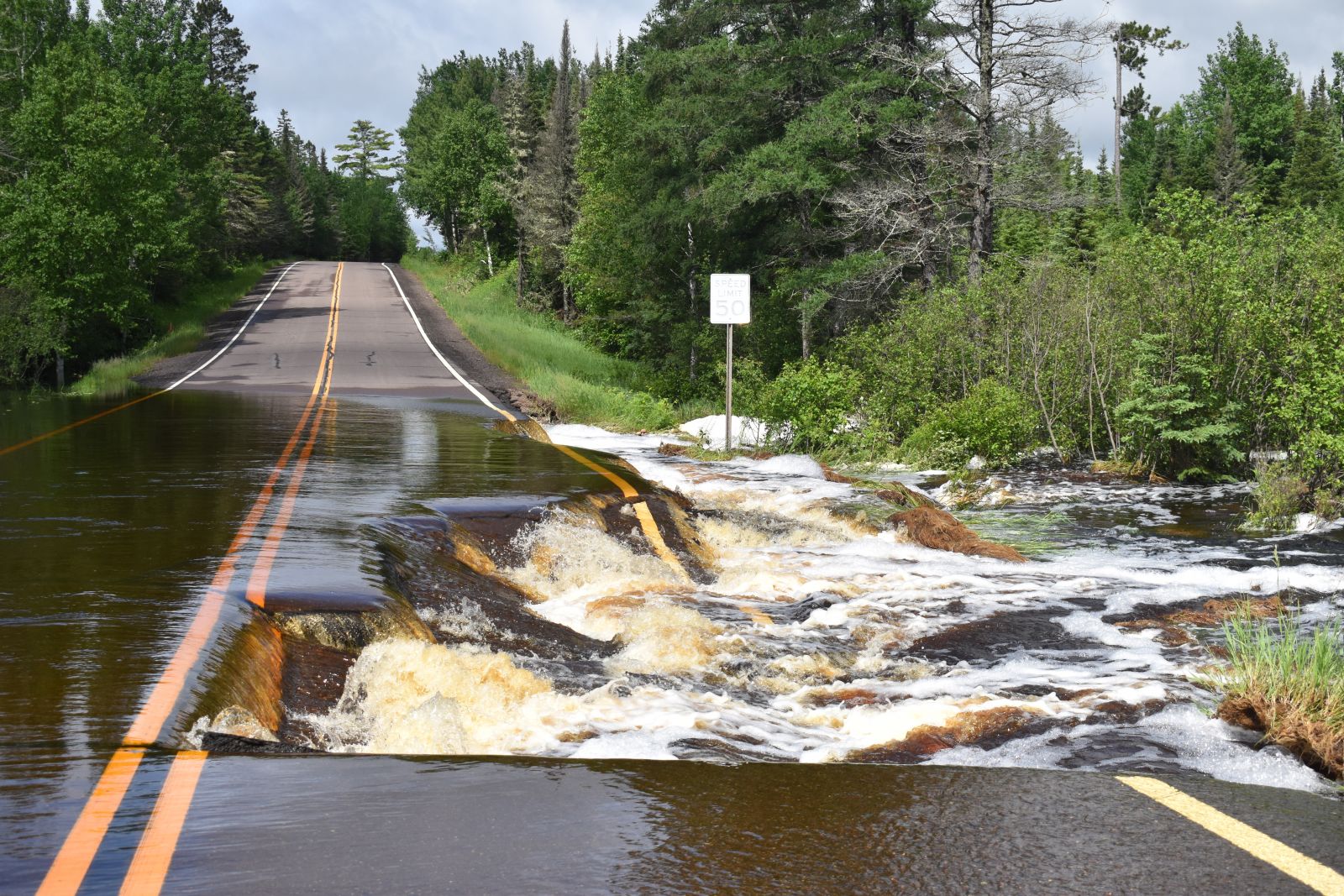

Most extreme weather disasters that occur globally every year are floods. For many parts of the U.S., 2024’s onslaught of severe storms caused extensive flooding.
From 1980 to October 2024, there have been 44 floods in the U.S. that caused more than a billion dollars in damage each. The average cost is $4.5 billion per year. At least 738 people died from these events, and many more in other smaller floods. At least five of 2024’s billion-dollar disasters included floods.
Key facts:
- As of Nov. 30, 2024, at least 166 people have died in U.S. floods this year, with the majority of deaths occurring while driving.
- Damage and losses caused by flooding cost between $179.8 billion and $496 billion in the U.S. annually.
- Rain bands can stall or drop large amounts of rain quickly, leading to unpredictable and damaging
- Many areas of the U.S. have dealt with some level of drought in the past few years. When the ground dries out, it cannot easily absorb the influx of water from an intense storm, causing flooding. Similarly, when water falls on already saturated ground, it cannot be readily absorbed.
- Tree roots and soil can weaken in a flood, leading to falling trees (which often destroy telecommunications) and mudslides (which block transportation access).
- When a wildfire has damaged an area, the rainfall cannot be absorbed by the ground and can cause debris flows, where the fire-damaged debris and water mix and begin moving like an avalanche.
- Investment in flood protection can save significant costs in repairs and recovery. A dollar invested in flood protection can save $5-8 in damages. A $1 invested in water and wastewater treatment plants produces $31 in return. Investment in wetlands and reefs saves $7 in flood reduction costs.
- It does not take much water to cause damage. Just one inch of flooding can cost more than $25,000 to repair damages.
(Photo: Weiss Creek flooded over and washed out parts of Minnesota State Highway 1 near Isabella on June 19, 2024. Credit: NWS)
Latest Updates
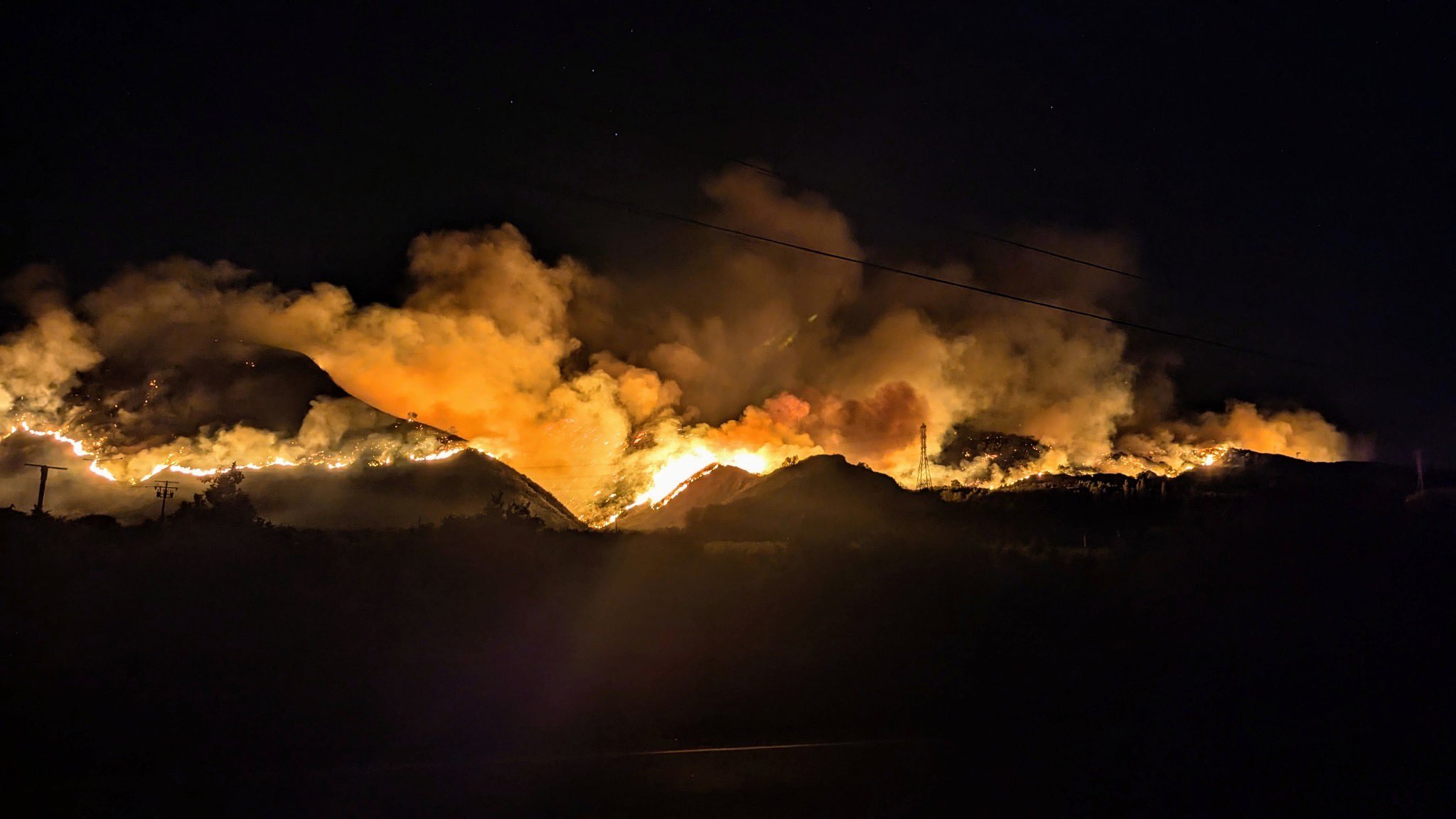
What we’re watching: Weekly disaster update, November 11
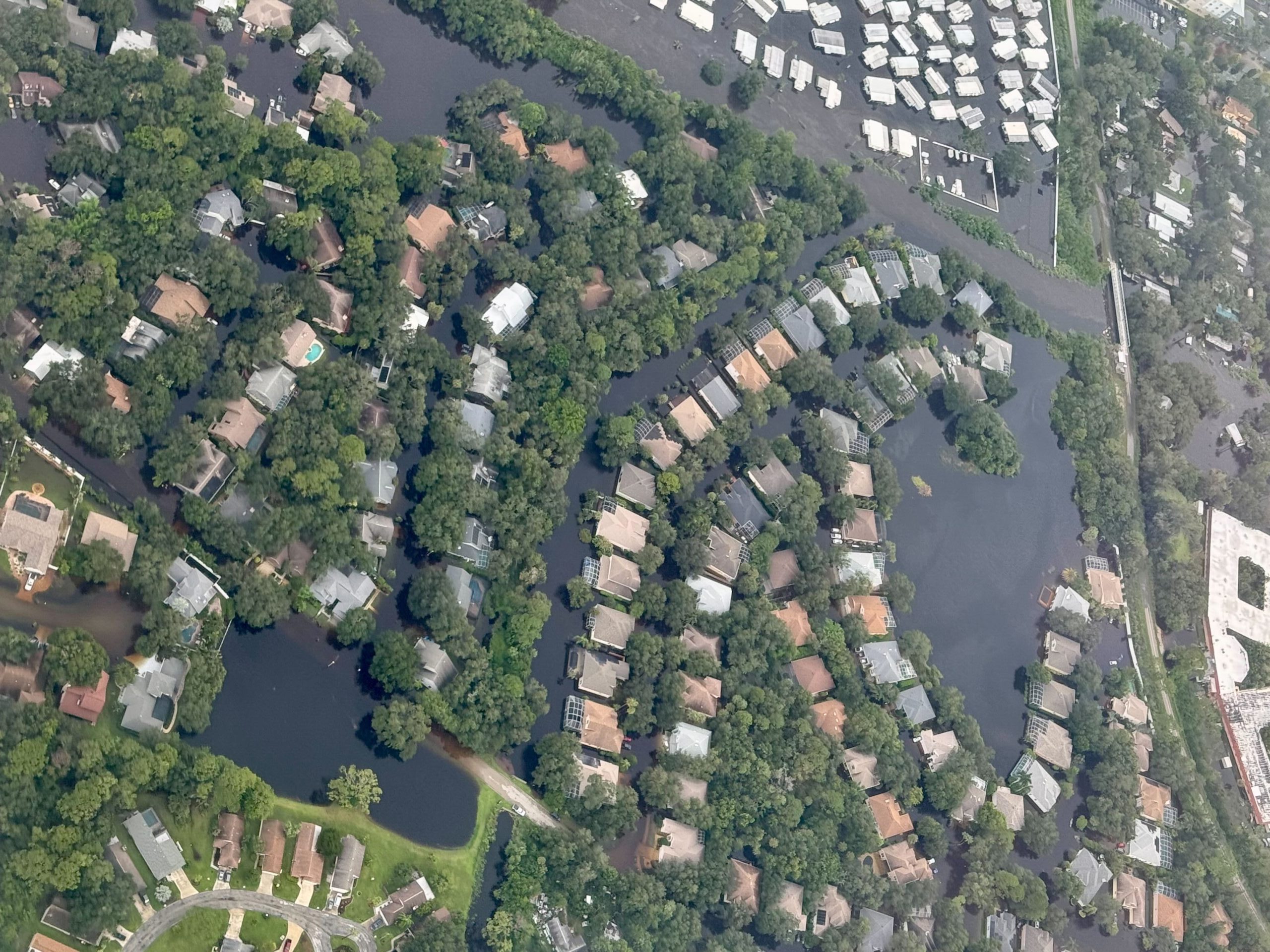
When the flooding is worse than the hurricane
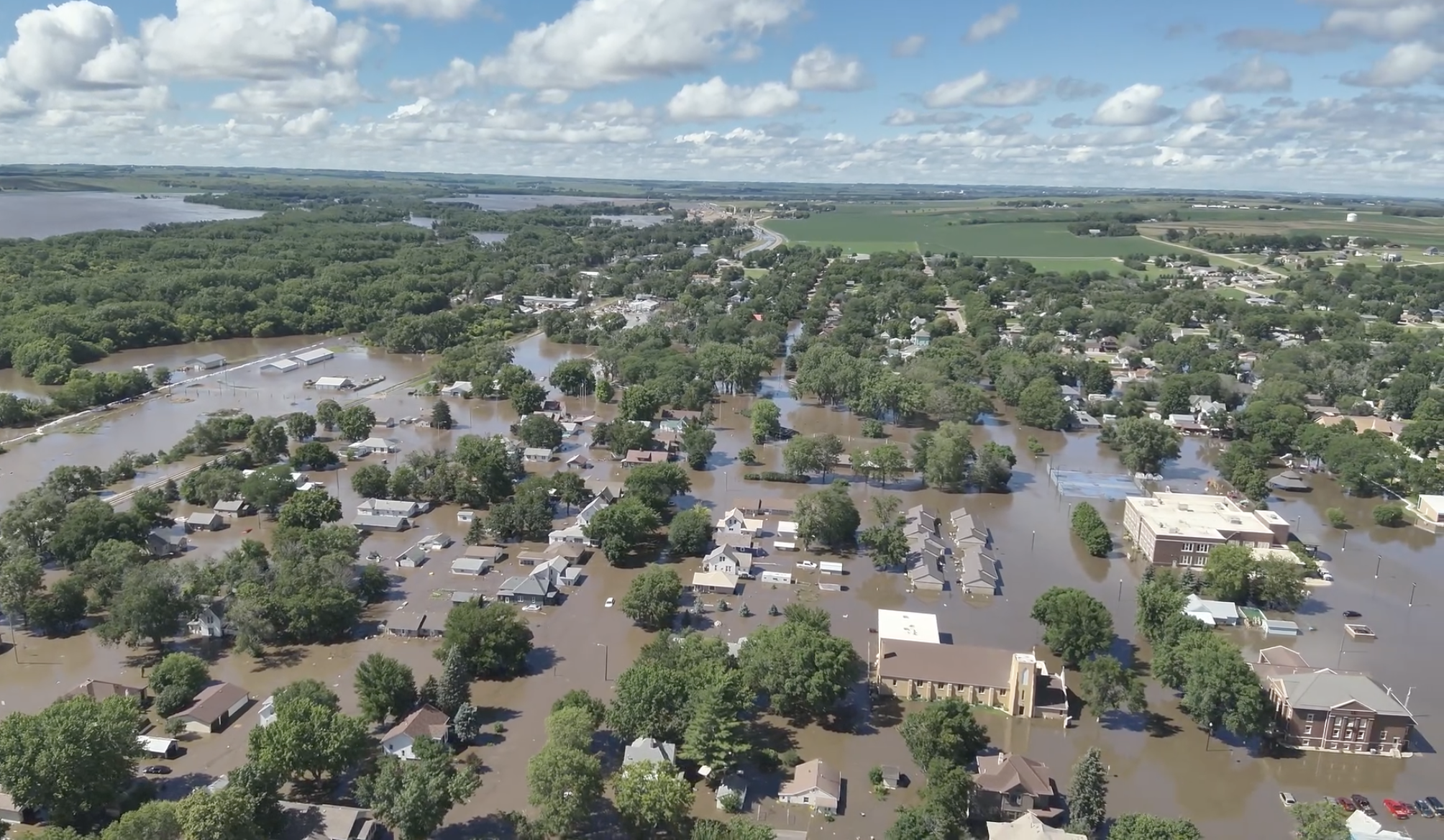
The toll of flooding on US communities
Recent U.S. floods
- Intense storms brought six to ten inches of rain, spawned two tornadoes and caused flash flooding in parts of Missouri from Nov. 3 to Nov. 10. The floods killed five people, including two poll workers. The storms prevented many voters from reaching their polling places, so Governor Parson allowed citizens to vote at any polling place in the city or county.
- On Oct. 20, 2024, heavy rainfall flooded Roswell, New Mexico, an area still burdened with the recovery of the past summer’s devastation. Two people died in the floods, and at least 309 were water rescued, many hospitalized with injuries.
- On Aug. 18, extreme rainfall from a slow-moving front brought catastrophic flooding to the U.S. A record-breaking 14.83 inches of rain fell in just 24 hours near Oxford, Connecticut, and much of the Northeast was similarly affected.
- On Aug. 6, the Mendenhall Glacier dam in Juneau, Alaska, burst in the middle of the night, rapidly flooding parts of the city. The Mendenhall River rose over 15 feet, and over 100 homes and hundreds of vehicles were inundated. Areas not expected to flood from this phenomenon flooded, with residents unprepared to evacuate. This type of flooding is known as a glacial dam release, and water levels rise and disappear quickly.
Hurricanes and tornadoes
- Hurricane-related flooding information can be found on CDP’s 2024 Atlantic Hurricane Season disaster profile
- Tornado-related flooding information can be found in CDP’s 2024 Tornadoes disaster profile.
While there are many immediate needs in the wake of floods, funders should consider holding back funds in anticipation of the intermediate and long-term needs of the affected communities. Some of the needs will depend on the type of damage, as flood damage clean-up is different than wind damage clean-up.
Infrastructure issues
While rebuilding the infrastructure is usually a government responsibility, smaller communities may not have the resources to provide their cost share or to support writing state or federal grant applications. Funders can help by providing low-interest or forgivable loans for the cost share or supporting the completion of the applications.
Rural communities
Recovery in rural communities is slower and requires “patient dollars.” Funders must understand that progress will not occur as quickly as it does in larger, more well-resourced communities. Investments should be made over time: Pledges of multi-year funding are very helpful, as is support for operating costs and capacity building.
Rural communities don’t always have access to social services, particularly disaster recovery assistance support. That said, while many rural communities do not have access to the same level of assistance as urban areas, the social fabric and human capital available in rural communities can be a powerful force multiplier of assistance investments.
Housing
People whose homes were damaged need new housing that is safe and affordable and/or support repairing their damaged homes. After flooding, displaced residents may face challenges finding housing that meets their needs and is affordable.
In many parts of the country, demand for housing outpaces supply, complicating recovery efforts. The ability to rebuild in rural communities is particularly challenging due to reduced economies of scale and the cost of transporting goods.
Over 50% of all manufactured homes are located in rural areas around the U.S. Although manufactured housing can be physically vulnerable to flooding, it also represents an affordable and accessible housing option. While 71% of mobile homes are owner-occupied, the homeowner may only own the building, not the land. Additionally, insurance is limited for manufactured housing, especially based on the age of the building.
CDP hosted a webinar about the increased risks manufactured homes face and their role in disaster recovery. Additionally, the Manufactured Home Disaster Recovery Playbook, created by Matthew 25 in 2023 for CDP, has videos, lessons learned and other information to assist funders in supporting manufactured home disaster recovery.
Insurance
After a disaster, even those with insurance may not be covered depending on the type of storm and the damage caused. For example, in the recent derecho on the Gulf Coast, people in Louisiana who had wind damage may be covered by their normal insurance policies, however, those in Houston who have flood damage need to have a separate policy through the National Flood Insurance Program.
CDP recently hosted a webinar about the insurance coverage crisis in an age of increasing disasters and the role of philanthropy in helping fill the gap. The recording is well worth watching in this current climate of multiple severe weather events and declining insurance coverage in high-risk areas.
Disaster case management
In most situations, disaster recovery navigation services – also called disaster case management – can be a valuable and hugely impactful resource in expediting the recovery process, especially if governmental disaster assistance is available. Disaster case managers can provide essential support and guidance in accessing resources and navigating the road to recovery.
In some disasters, case management is provided with funds from the federal and/or state government, but the timing does not always align with the needs of the community. Funders can fill the gap from the time immediately after a disaster until a government-funded case management program starts.
CDP has a disaster case management toolkit that can be helpful for communities and funders looking to create local case management programs.
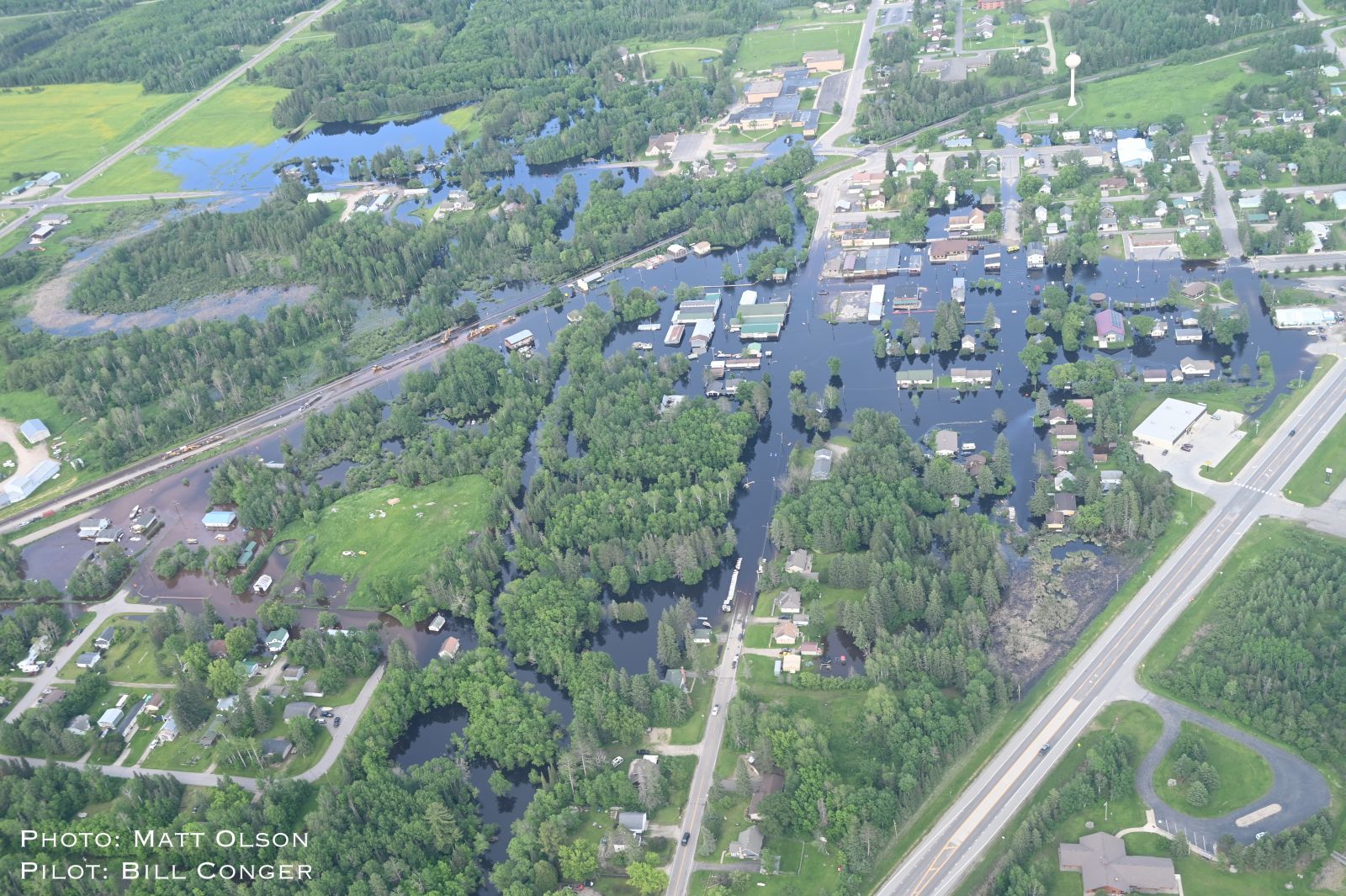
To support storm recovery efforts, please donate to CDP’s Disaster Recovery Fund or Midwest Early Recovery Fund, depending upon the geography you wish to support.
Contact CDP
Philanthropic contributions
If you have questions about donating to CDP’s Disaster Recovery Fund or Midwest Early Recovery Fund, need help with your disaster-giving strategy, or want to share how you’re responding to these disasters, please contact development.
(Aerial view of extensive major flooding in the city of Cook, Minnesota on June 20, 2024. Photo credit: Matt Olson/St. Louis County Emergency Management)
Recovery updates
If you are a responding NGO, please send updates on how you are working in these crises to tanya.gulliver-garcia@disasterphilanthropy.org.
We welcome the republication of our content. Please credit the Center for Disaster Philanthropy.
Resources
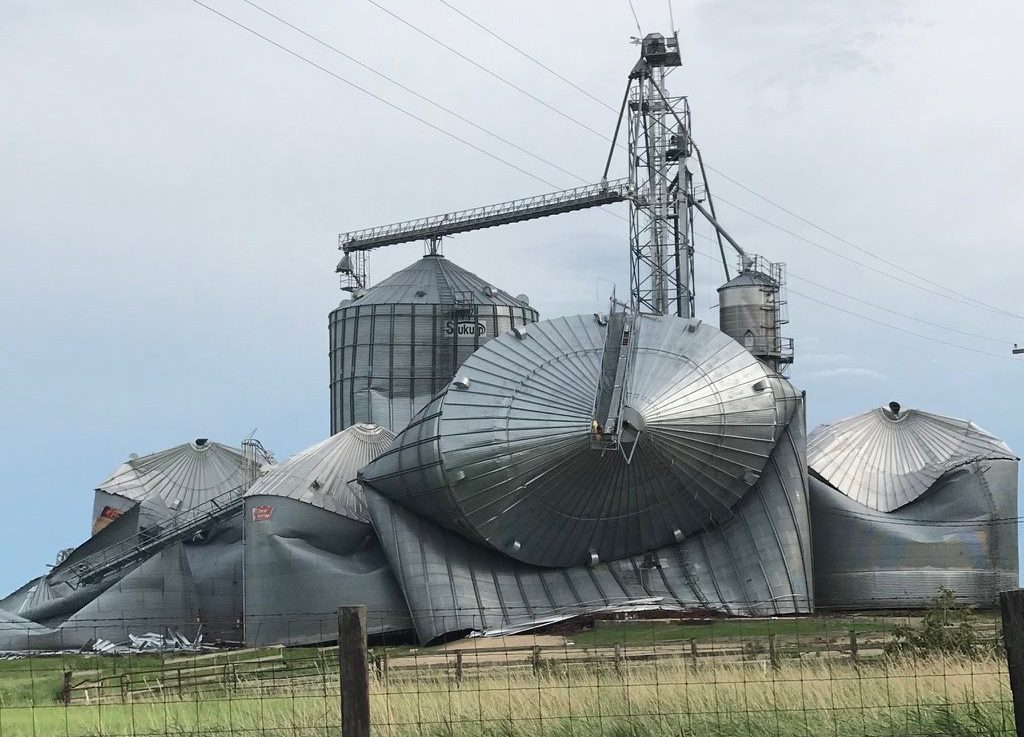
Derecho
A derecho is a line of intense, long-lived and widespread thunderstorms that move quickly across a long distance.

Tornadoes
Tornadoes are powerful storms that can cause considerable damage to communities. They can break branches from trees or lift houses off their foundations. The speed with which they form, and their variable intensity, make them some of the most unpredictable disasters on the planet.
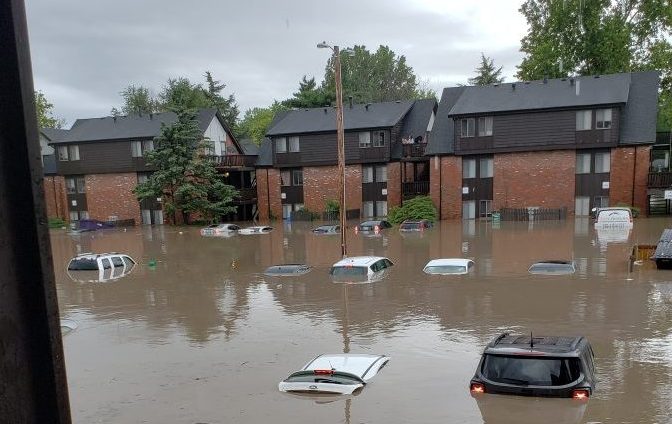
Floods
Flooding is our nation’s most common natural disaster. Regardless of whether a lake, river or ocean is actually in view, everyone is at some risk of flooding. Flash floods, tropical storms, increased urbanization and the failing of infrastructure such as dams and levees all play a part — and cause millions (sometimes billions) of dollars in damage across the U.S. each year.